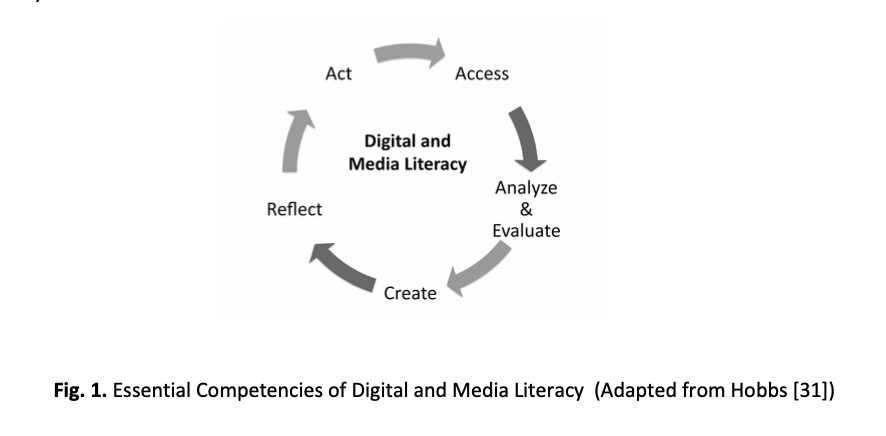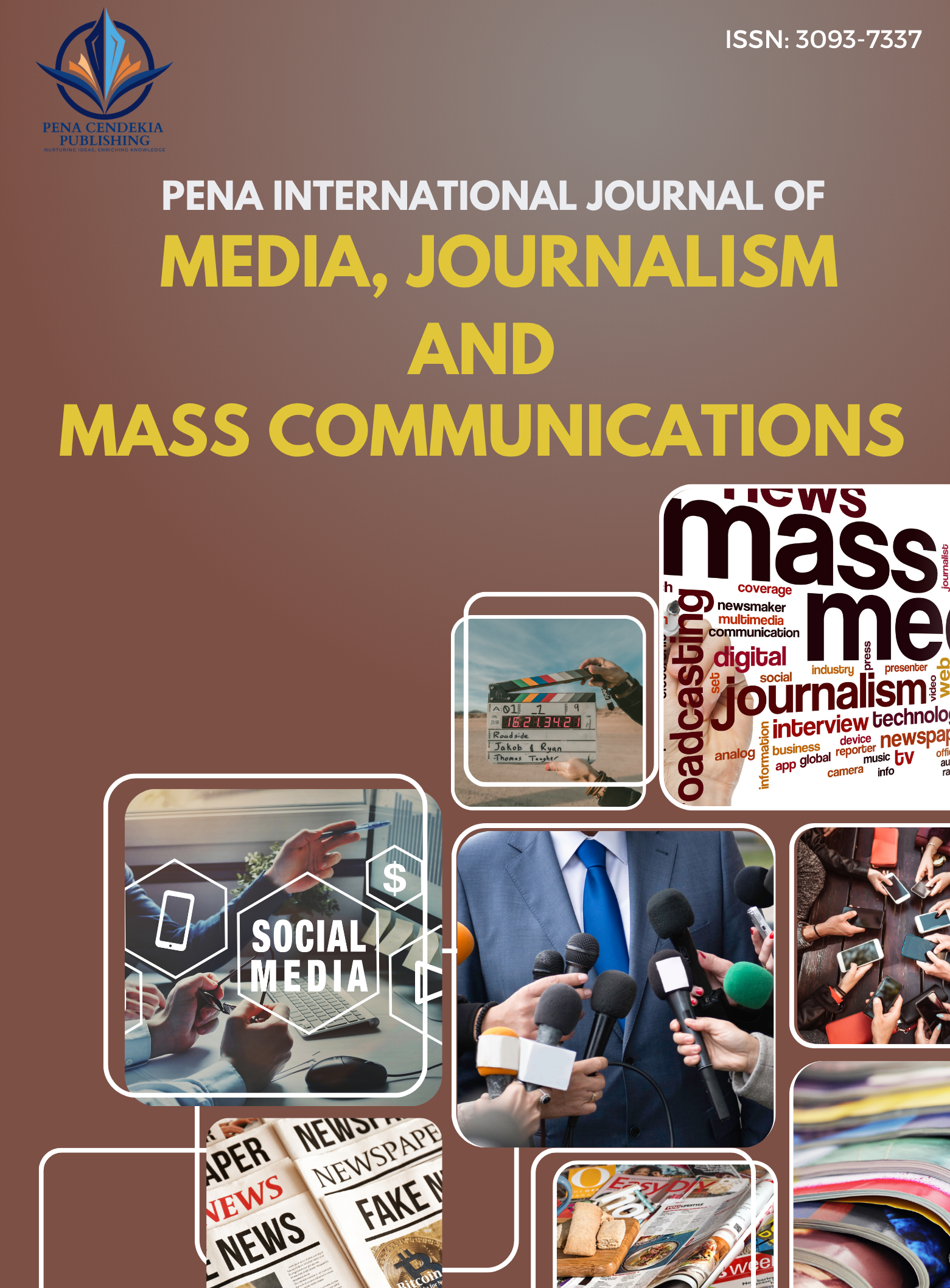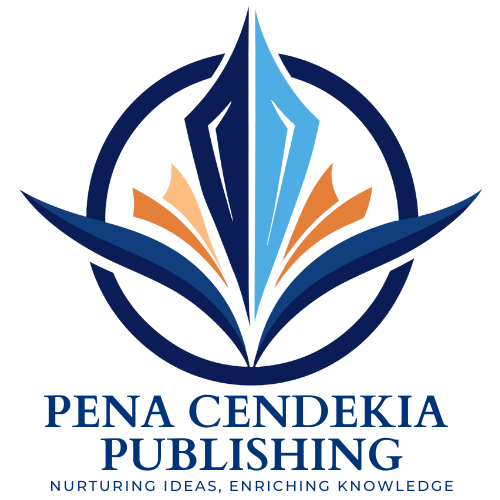Safeguarding Generation Alpha: A Parental Responses and Digital Media Literacy Approach for Navigating the “Elsagate 2.0” Crisis on YouTube Kids
Keywords:
Elsagate 2.0, digital media literacy, YouTube kids, generation Alpha, parental responsesAbstract
The Elsagate 2.0 refers to a scandal and phenomenon of a wave of disturbing videos on YouTube and YouTube Kids that appeared to be family-friendly yet contained graphic themes, including violence, abuse, and sexual fetishism. Elsagate videos generally used popular children’s characters, bright colours, and catchy music to appeal to young viewers, while masking the darker, inappropriate elements embedded within. The public has raised a lot of concerns and controversy about its safety, as it allows all communities to upload content. Critics, including parents and members of Congress, criticise features like auto-play and algorithm-driven recommendations that make it difficult to prevent children from accessing inappropriate content, despite the platform’s intended safety measures. Children’s poor digital media literacy and natural curiosity drive them to click on visually appealing thumbnails, often leading them to inappropriate content through clickbait, where misleading titles or thumbnails are designed to attract clicks. Reports further suggest that young children struggle to distinguish between reality and fantasy. This research aims to examine parents’ perceptions and investigate parents’ awareness of the Elsagate 2.0 phenomenon on YouTube Kids toward digital media literacy. A qualitative approach was employed using semi-structured interviews with 30 Malaysian parents. The research identifies the factors that expose children, particularly Generation Alpha, to inappropriate videos, including developmental vulnerability, misleading content, and YouTube's flawed algorithm. The findings, which used thematic analysis with digital and media literacy theories, show that parents employ strategies like co-viewing, content monitoring, and digital tools to mitigate risks, though YouTube’s algorithmic limitations remain a significant challenge. The research underscores the need for media literacy education to equip parents with the skills necessary to navigate the digital age and protect their children from online dangers. In conclusion, this study emphasizes the importance of media literacy skills, including the ability to access, analyse, evaluate, create, reflect, and act, in safeguarding children from inappropriate online material. The parents are aware of the risks and a significant challenge in keeping up with the constantly evolving digital landscape.









